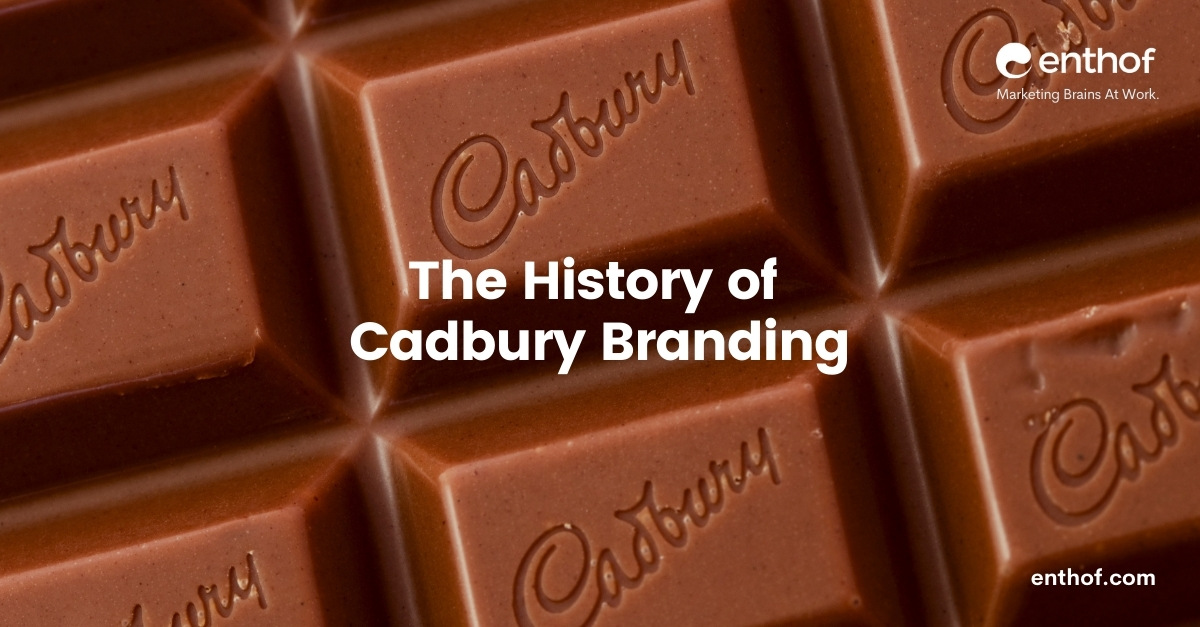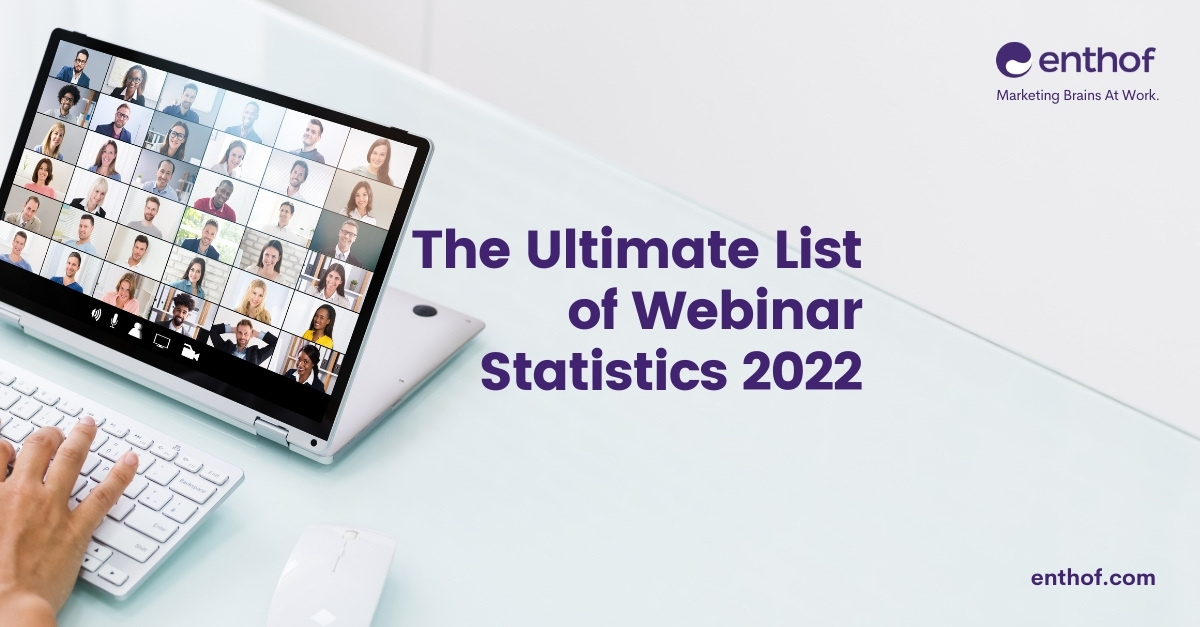Adjusting your Marketing for Post Pandemic Economy
People’s attitudes, likes, and values have changed as a result of COVID-19’s upheaval, thus the manner you market must shift as well. We all had to evaluate what mattered, what we genuinely needed, and what we could give up, since many individuals had to cut back on spending and found themselves making economic sacrifices. Therefore, adjusting your Marketing for Post Pandemic Economy becomes extremely important.
Our business must adapt to our customers’ changing mindsets and change our marketing to reach them where they are. You must also realize your clients’ demand for COVID-19-relevant marketing, which typically entails being knowledgeable, empathic, and genuine.
“If as a marketer you are able to solve a real consumer issue and generate awareness, then you are in the preferred choice set.”
– Economic Times
You must evaluate your messages as well as the means via which you will distribute them. Most likely, the strategies and messages you planned prior to the epidemic will need to be tweaked to reflect current reality. According to the Association of National Advertisers, 92% of firms have changed their advertising messages since the pandemic started in March 2020.
This change in values should be mirrored in all of your marketing efforts, but there are four digital marketing platforms and methods that show this cultural transition the most clearly. Here’s why and how you should change your social media, digital audio, mobile device, and loyalty and rewards program marketing.
#1. Social Media Marketing for Post-Pandemic Economy Marketing
In the COVID age, social media marketing isn’t a new occurrence, but the increase in time spent on social platforms and the new habits acquired during this time are likely to last. This implies it’s time to rethink your social media approach and make it more in line with consumers’ new brand expectations.
What exactly do today’s customers expect from you? During the COVID period, three sorts of social communications are gaining traction:
- Authenticity: Customers don’t want to see social media messages or advertisements from before COVID. Instead, portray people wearing masks, making video calls, or indulging in socially distant activities to reflect current reality in your social outreach.
- Practical Advice: People desire practical suggestions on how to improve their lives or the lives of their family. To connect with your audience, create social messaging that address common requirements like cleaning, cooking, gardening, mental well-being, or fitness.
- Good Deeds: People now, more than ever, want to do business with firms who are making a positive impact. Demonstrate your community service or charitable donations to show customers that you care about others.
You’ll need to assess your audience’s present values and requirements in order to engage them. Through social listening, social media can also provide insight into people’s feelings.
What is the definition of social listening? It’s the process of analyzing social interactions that are taking place in your company and industry. Even if individuals don’t expressly name or reference your brand, your goal is to figure out why, where, and how conversations about your brand are taking place.
This procedure can be sped up with the use of social listening tools. However, before you invest in one, you must first decide what results you want to attain. Here are a few instances of what you may learn from social listening:
- Learn what consumers think of your company and what queries they have about your items.
- Keep an eye on new industry trends or do a competitive analysis.
- Check to see if your target consumers are engaging with and comprehending your social media advertising.
This knowledge can help you improve the effectiveness of your campaign messaging and visuals. One of the advantages of social marketing is that you may change your messages quickly from one day to the next. You can continue to post similar content on your channels if you identify particular sorts of content that create a lot of engagement, such as likes, shares, and comments. You can also get rid of content categories that don’t connect with your audience.
You may use social advertising stats to see which advertisements create the most interest and action. It’s simple to halt social initiatives that aren’t getting much traction and alter them to make them more successful. You can grow an engaged following and increase sales by keeping a careful eye on your social advertising trends and outcomes.
#2. Podcast for Post-Pandemic Economy Marketing
People resorted to podcasts for amusement and knowledge when their outings were limited. According to one survey, global podcast listeners climbed by 42% during the pandemic, while European listeners grew by 53%.
Your company can benefit from podcasting because, in addition to promoting your company’s culture and generating new leads, it can also help you develop new business and collaborations.
Keep in mind that individuals aren’t necessarily looking to fill their shopping baskets right now. However, if you speak in a courteous and socially responsible manner, they will have a positive impression of you. In the post-pandemic period, the goodwill you acquire can help you maintain growth.
#3. Online Marketing for Post-Pandemic Economy Marketing
During the COVID-19 era, mobile advertising remained reasonably stable. The rise of mobile devices is well-known, but it was best highlighted during the pandemic: during the first weeks of the stay-at-home directives in the United States, in-home mobile data consumption increased by over 20% over the previous year. Mobile data usage was 50 percent higher on certain days of the week compared to the previous year.
Another interesting statistic is that mobile advertising engagement increased by 15% in the first few months of COVID-19. Ads were attracting people’s attention and generating interest in companies and products as more people turned to cellphones for information and entertainment.
With the rise in onkine ad interaction, your company has new ways to reach out to your target audiences. You’ll be well-positioned to develop your business through online advertising efforts if you combine this with innovative techniques to offer personalized ad experiences. As you alter your mobile approach, keep the following critical trends in mind:
- Increased traffic to news sites: Because many individuals use news sites to stay up to date on COVID-19 news, these venues can provide good possibilities to reach clients.
- Shifts in peak online periods: People go online at times that marketers would not expect, especially when there are more people at home. During the middle of the day, for example, more internet purchasing may take place.
It’s critical to stay on top of these kinds of digital trends as the pandemic unfolds.
Also, stay in touch with current emotions and be prepared to change your mobile advertising strategy as needed. You may then keep your audience’s demands in mind and tailor your ad messaging and creative assets to meet those goals for optimal impact.
#4. Promotions, Discounts, Loyalty Programs, and Perks
COVID-19 resulted in significant revenue loss, putting customers in a financial bind. Even those with consistent income were more cautious, resulting in a surge in interest in incentives and loyalty program.
According to an international survey on consumer habits related to the COVID-19 pandemic, around one-third of individuals claimed they would wait for sales to buy things. Many respondents said they would put off buying things like vacation, electronics, clothes, shoes, cars, and luxury products.
What should your company’s response be? With targeted promotions, discounts, or loyalty program, you may help individuals move closer to making a purchase. Here are a few suggestions:
- Extend expiration dates: Due to constrained funds, many people are skipping some purchases. When you extend specials or opportunities to redeem loyalty awards, you’re signaling to customers that you understand their need to cut back on purchases—but that you’ll be there for them when they’re ready.
- Bonus rewards: If your loyalty program allows consumers to earn points, give them extra points as an incentive to buy. You may provide double points for a limited time or extra points for specific purchases.
- Reward charitable giving: Partner with a charitable organisation that provides essential services and urge customers to donate to it through your website or app. Offer a reward to individuals that donate, such as a percentage discount or more loyalty points.
You convey a signal to your clients that you’re in touch with their demands by offering promos and programmes that are tailored to modern reality. This sensitivity to the current climate’s issues demonstrates to your audience that you wish to assist individuals in navigating this perplexing times.
About the Author
 Donald Gonsalves is the founder of Enthof Creatives and a regular writer for the website’s blog. He has more than 2 decades of experience in marketing, sales and branding. His need to research and learn more about these segments in never ending. To contact him, just drop an email to donald.g@sh118.global.temp.domains
Donald Gonsalves is the founder of Enthof Creatives and a regular writer for the website’s blog. He has more than 2 decades of experience in marketing, sales and branding. His need to research and learn more about these segments in never ending. To contact him, just drop an email to donald.g@sh118.global.temp.domains
Follow him on Linkedin – https://www.linkedin.com/in/donaldgonsalves



